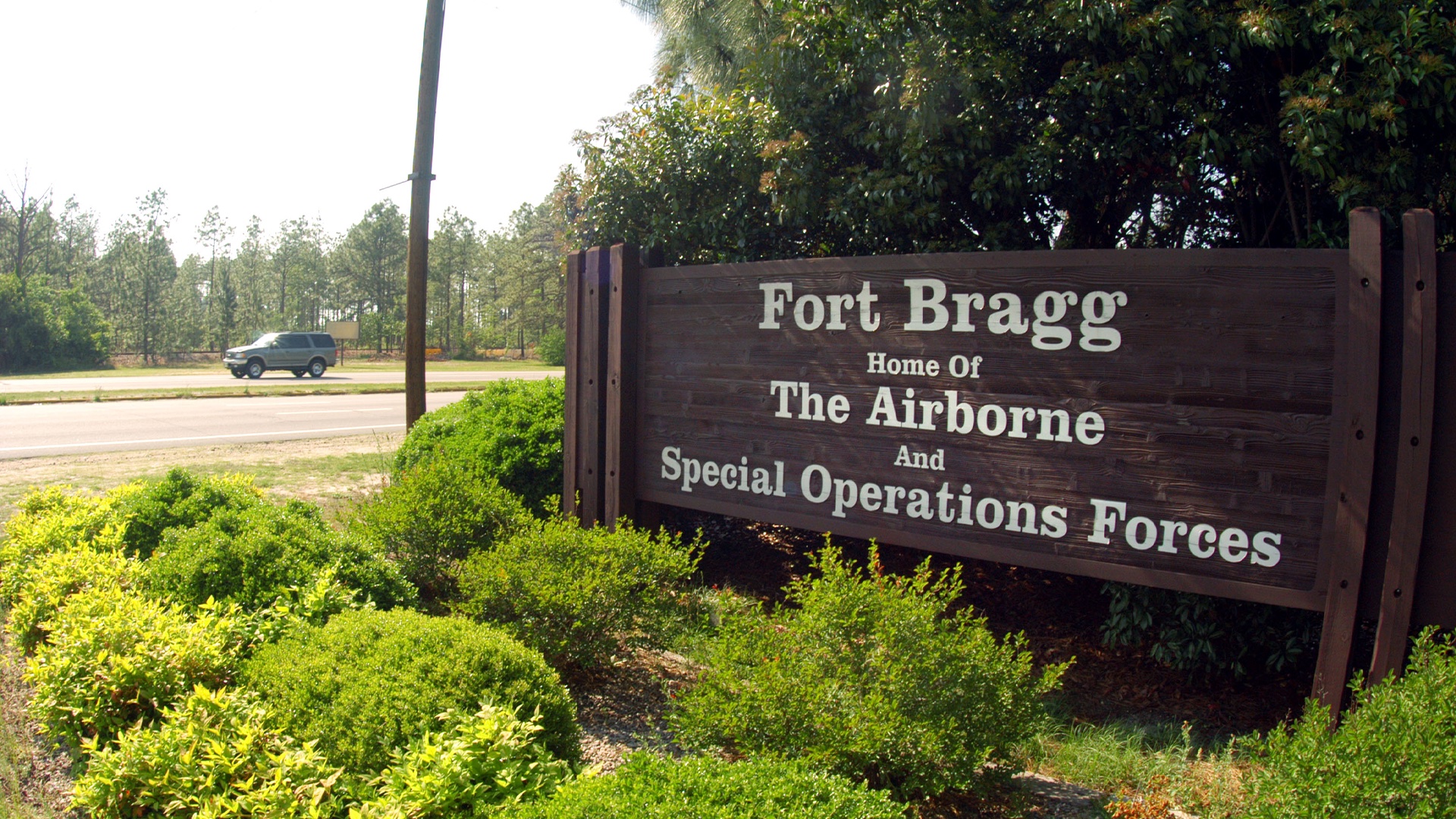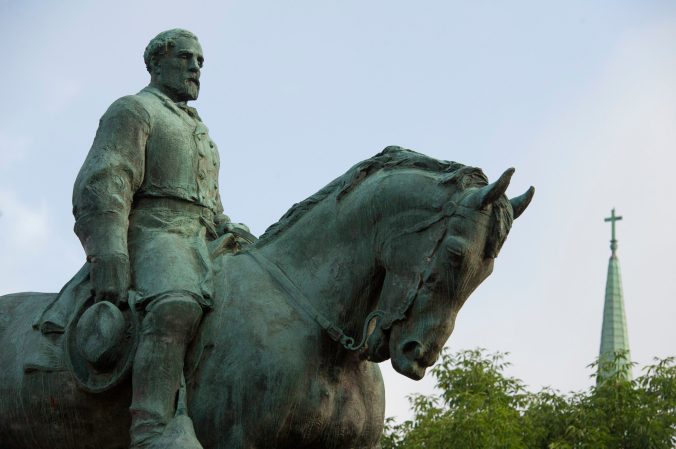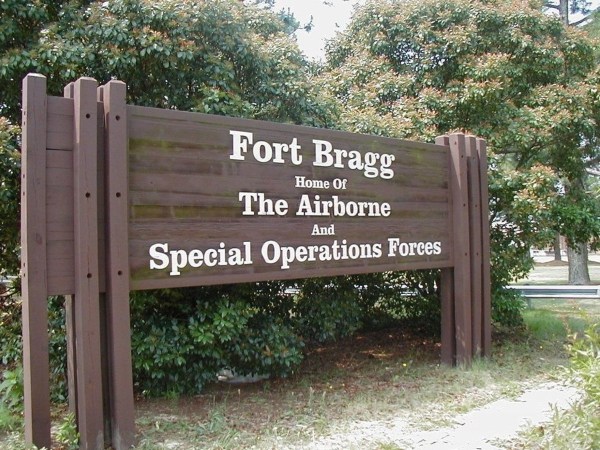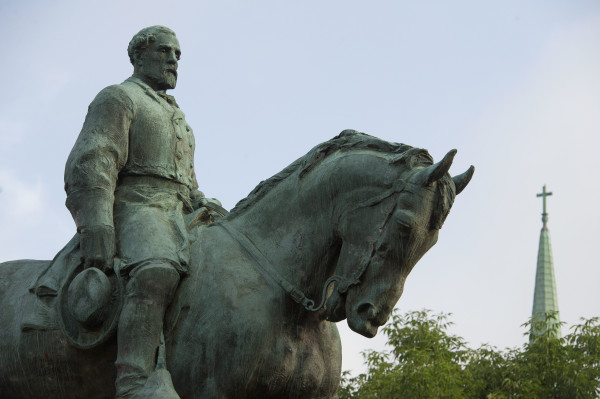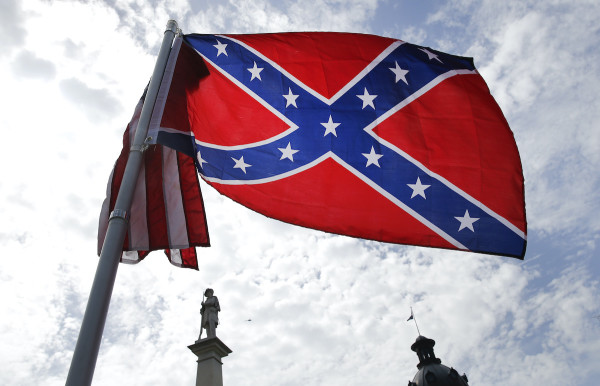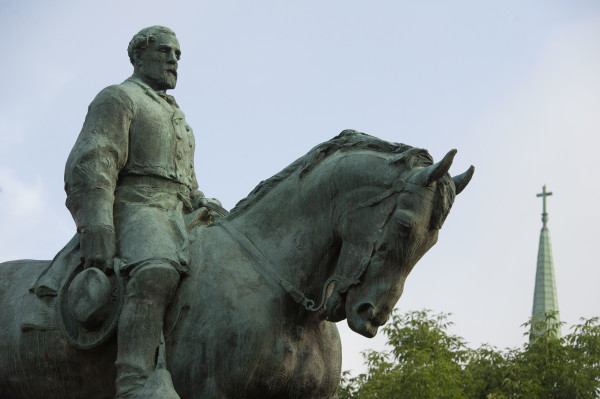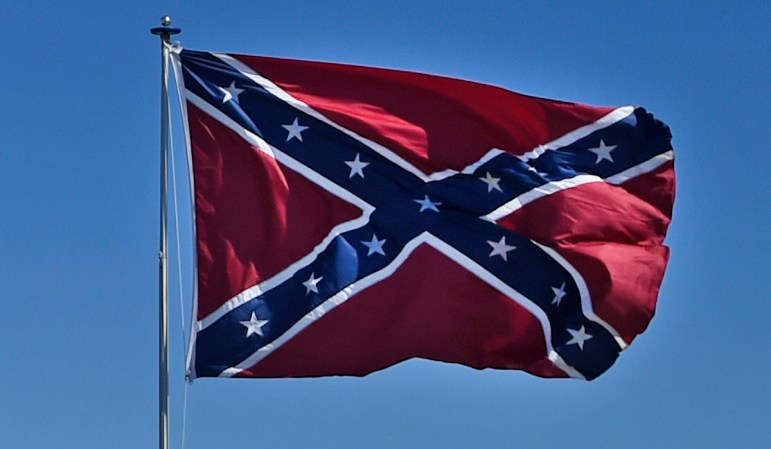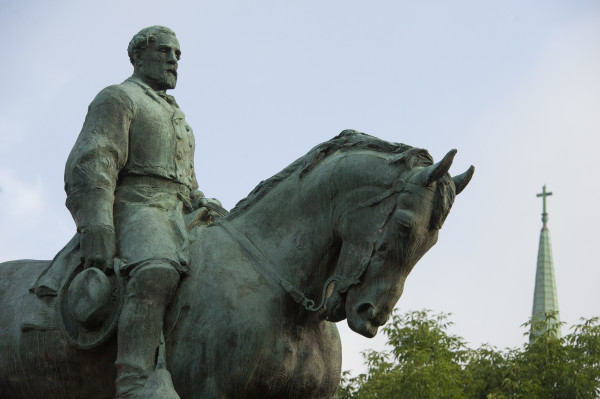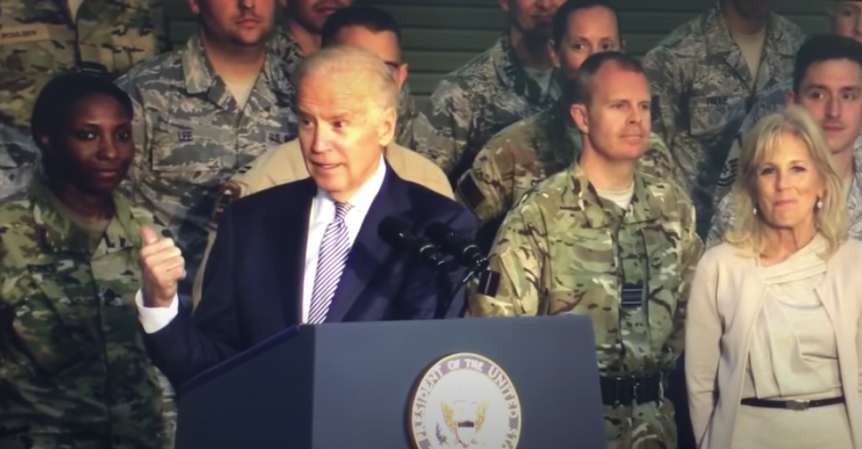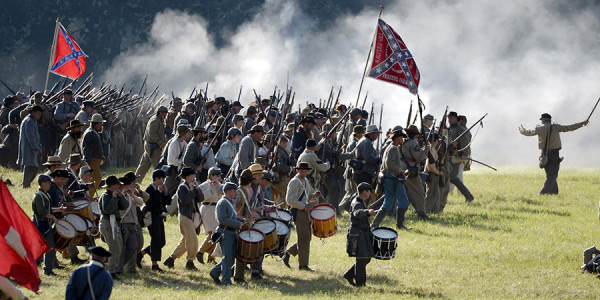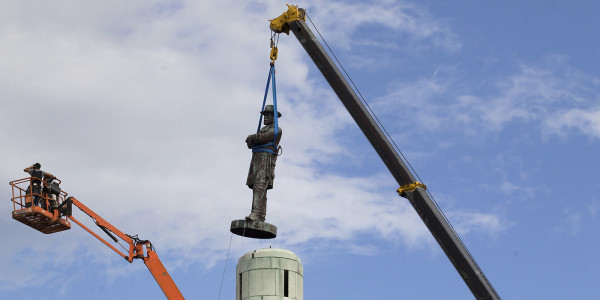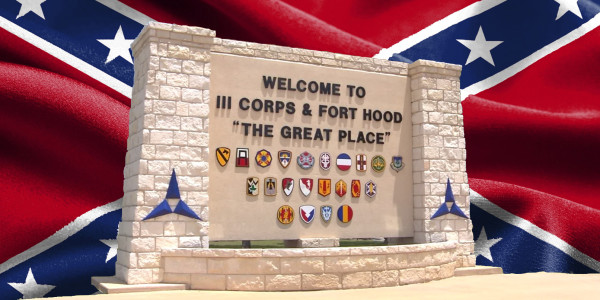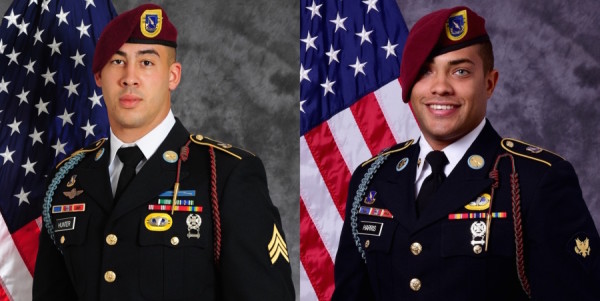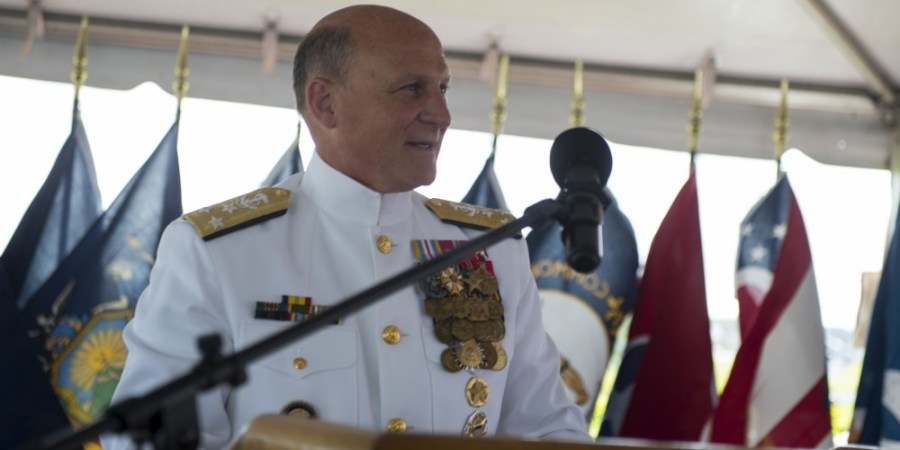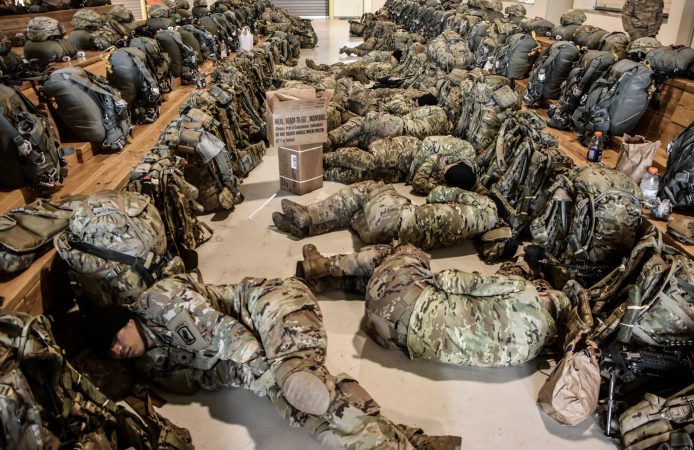The Army now has nine new potential namesakes to consider for Army bases originally named after the Confederacy. Among them are Gen. Dwight Eisenhower, Lt. Gen. Hal Moore and Mary Edwards Walker, the only woman to ever receive the Medal of Honor.
At a press conference Tuesday afternoon the Naming Commission, comprised of eight retired general officers and historians, announced the new names, which will replace some of the Army’s most notable forts. The recommendations by the Naming Commission will go to Congress and ultimately to the Secretary of Defense.
The commission had previously reviewed thousands of names, eventually settling on 87 finalists, among them Alwyn Cashe and Audie Murphy.
The nine posts that will be renamed are Fort Benning and Fort Gordon in Georgia; Fort Bragg, North Carolina; Fort Hood, Texas; Fort Rucker, Alabama; Fort Polk, Louisiana; and Fort A.P. Hill, Fort Pickett and Fort Lee in Virginia.
The full list of new Army base names
Fort Benning would be renamed Fort Moore, after Lt. Gen. Hal Moore and his wife, Julia Moore. Moore, who passed away in 2017, graduated from the U.S. Military Academy at West Point in 1945 and was later reassigned to the 82nd Airborne Division at Fort Bragg, N.C., where he he jump-tested experimental parachutes and made more than 130 test jumps in two years. In 1965, he served as the commander of the 1st Battalion, 7th Cavalry Regiment, and led his unit in the Battle of Ia Drang in 1965, which was the basis of his book “We Were Soldiers Once, and Young,” which he co-authored in 2001 with former war correspondent Joe Galloway.
His wife Julia was also instrumental in the creation of the casualty notification team, having accompanied the telegrams that were normally delivered to households alerting family members of casualty.
Fort Gordon would be renamed Fort Eisenhower, after Dwight Eisnehower, the famed general who led the allied armies across Europe during World War II. Eisenhower would later go on to serve as the 34th president of the United States.
Fort A.P. Hill would be renamed Fort Walker, after Mary Edwards Walker. A surgeon, spy and advocate for women’s rights, Walker served as a doctor during the Civil War, risking capture to treat wounded soldiers. In 1886, she became the only woman to receive the Medal of Honor.
Fort Hood would be renamed Fort Cavazos, after Gen. Richard Cavazos, the Army’s first Hispanic four-star general. As a platoon leader in a company of Puerto Rican soldiers during the Korean War, Cavazos was awarded the Distinguished Service Cross. He would be given that award a second time for his actions in the Vietnam War, before retiring in 1984.
Fort Lee would be renamed Fort Gregg-Adams after both Lt. Gen. Arthur Gregg and Lt. Col. Charity Adams. Gregg enlisted in the Army in 1945, at a time when the service was still segregated along racial lines. Commissioned as an officer, he would eventually rise to Deputy Chief of Staff for Logistics for the Army, and also supervised the desegregation of the Fort Lee Officers Club.
Adams entered the Women’s Army Auxiliary Corps in 1942. Two years later, she was commanding the first unit of Black women to serve overseas. The 6888th Central Postal Directory in England, Adams’ unit was “tasked with delivering mail to and from almost seven million soldiers fighting in Europe.”
Fort Pickett would be given the new name of Fort Barfoot. Tech. Sgt. Van Barfoot was awarded the Medal of Honor for his actions in Northern Italy on May 23, 1944. Over the course of that day, Barfoot single handedly took out multiple machine gun emplacements, captured several prisoners and evacuated two severely wounded soldiers.
Fort Polk would be renamed Fort Johnson, after Sgt. William Henry Johnson.
In 1918, during a German raid on his trench, Johnson “threw grenades until his supply was
exhausted. When he ran out of grenades, Johnson fired his rifle until he spent his ammunition. When he ran out of bullets, Johnson charged the enemy, swinging his rifle
as a club. And when he observed two Germans about to carry his wounded comrade away for interrogation, Johnson abandoned his rifle and instead drew his bolo knife, fighting off the raiders at close quarters and pushing them back from the position.”
These actions earned him the moniker of “Black Death” and Teddy Roosevelt called Johnson one of the “five bravest Americans” to serve during the war. Unable to work because of his injuries and not granted any disability benefits by the government, though, Johnson passed away in 1929.
Fort Rucker would be renamed for Michael Novosel. During World War II, Novosel flew B-29 bombers. Almost two decades later, Novosel resigned his Air Force commission and joined the Army as a warrant officer and helicopter pilot. He flew 2,543 extraction missions, rescuing over 5,500 seriously wounded soldiers. In 1969, Novosel braved enemy fire to rescue 29 soldiers over the course of 18 hours, for which he was awarded the Medal of Honor.
Fort Bragg would be the only post to not be renamed for an individual. The Naming Committee announced that Fort Bragg would be designated Fort Liberty.
“Throughout our history, liberty remains the greatest value ever since the nation created a standing army to provide for the common defense that Army’s greatest battles have been for liberty,” said retired Brig. Gen. Ty Seidule, the committee’s vice-chair.
When questioned further on why Fort Bragg would be renamed for a concept rather than a person, Seidule and the other committee members reiterated that the decisions were made with input from people on the posts themselves as well as the surrounding communities.
“We went and listened to local sensitivities, and they told us that Liberty was a name we should consider,” said Seidule.
The latest on Task & Purpose
- An Air Force general wants to ‘robust’ Guam. What the hell does that mean?
- No, Hollywood is not required to screw up military uniforms
- SOCOM finally found its next-generation personal defense weapon
- How the myth that Mr. Rogers was a deadly military sniper began
- Sailors are deserting the Navy at a ‘staggering’ rate
Want to write for Task & Purpose? Click here. Or check out the latest stories on our homepage.

